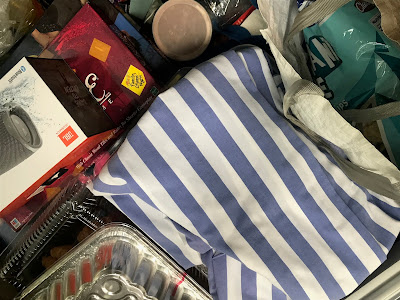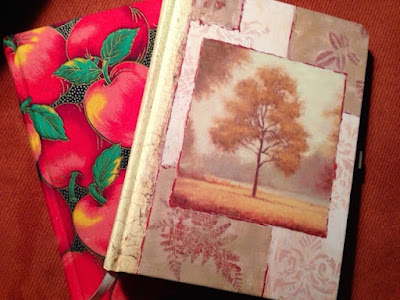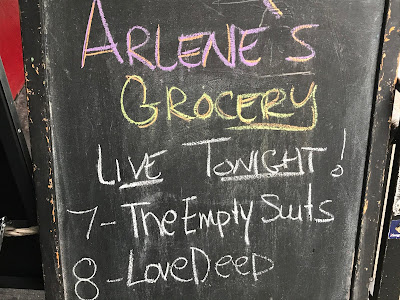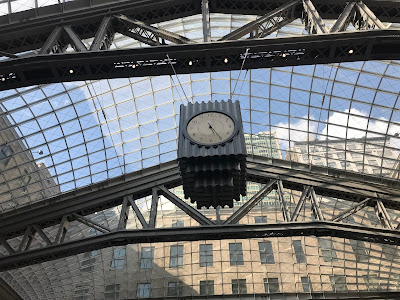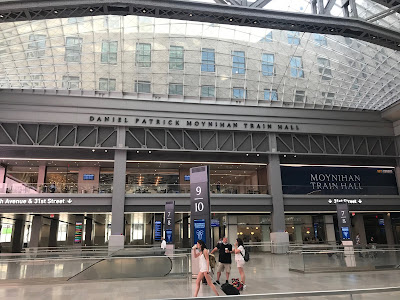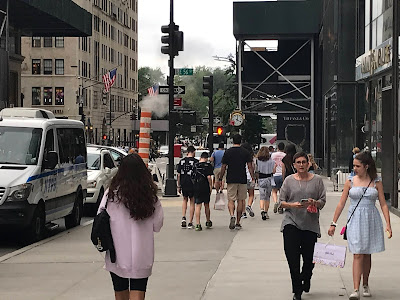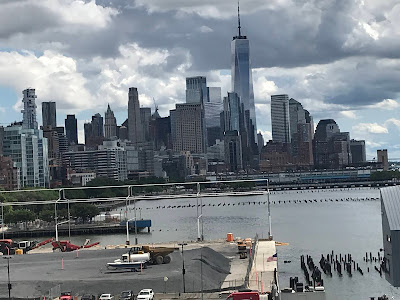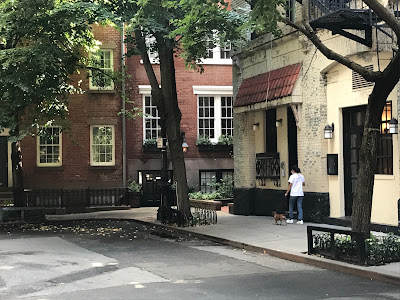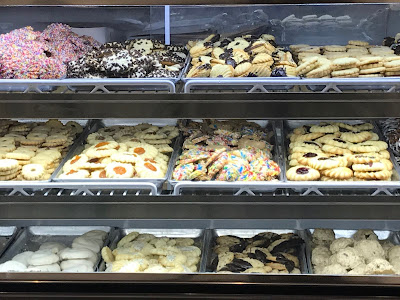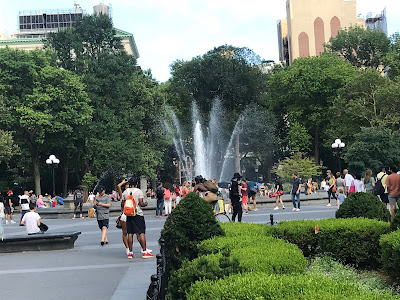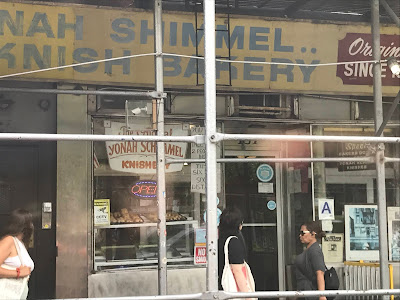Still Life with Hay Bales
Last evening in the golden hour of slanted light, I walked up the road a quarter mile to a field I’ve been seeing on our drives. My goal: to capture “on film” a field of daisies.
But the daisies were a little too far away and the traffic was whipping around me as I stood on the scant shoulder, so I made quick work of the shot. On the way back, though, I raised my phone to photograph another beautiful field, green grass studded with hay bales lit by the lowering sun.
I’d actually crunched and marched my way across this field when I thought I could reach the daises on foot, before I discovered the rusty wire fence and the treed border. I’d taken some photos of the hay bales from that angle and found them lacking.
But up above, on the berm, I could capture the sunlight and the shadows— beauty on a larger scale. Proof, once again, of the power of perspective.



